Global Automotive Coating Market
Automotive coating refers to a layer of paint or other finish material applied to the exterior or interior of a vehicle to protect the surface and enhance its appearance. Automotive coatings are used for a variety of purposes, including corrosion protection, scratch resistance, UV protection, and color retention.
The Automotive Coating Market is expected to show tremendous growth during the forecast period of 2023-2033. This growth can be attributed to the increasing demand for lightweight vehicles, stringent government regulations, and the need to reduce vehicle emissions. Moreover, the growing preference for luxury cars, the rise in consumer disposable incomes, and the increasing need for high performance coatings are also driving the growth of the market. Additionally, the emergence of eco-friendly coatings and the advancement in automotive coating technologies are also contributing to the growth of the market.
On the other hand, factors such as the high cost of automotive coatings and the growing shift towards electric vehicles may restrain the growth of the market. However, the increasing demand from the end user industries such as automotive, aerospace, and marine are expected to create numerous opportunities for the market. The global Automotive Coating market is fragmented into resin type, technology, and end-user. Based on the resin type, the market is segmented into polyurethane, epoxy, acrylic, and others.
On the basis of technology, the market is divided into solvent-borne, waterborne, and powder coating. By end user, it is classified into automotive, aerospace, and marine. The market is witnessing a shift towards waterborne and high-solids coatings, which are considered more environmentally friendly and offer improved performance characteristics.
Waterborne coatings are considered more environmentally friendly as they emit fewer volatile organic compounds (VOCs) compared to traditional solvent-based coatings. High-solids coatings offer improved performance and sustainability, as they have a higher solids content and lower VOC emissions compared to traditional solvent-based coatings.
These coatings are becoming increasingly popular due to their improved performance and sustainability, as well as consumer preferences for more environmentally friendly products. Automotive manufacturers are looking to adopt these coatings to meet the demands of consumers and comply with regulations regarding VOC emissions. As a result, the demand for waterborne and high-solids coatings is expected to grow in the coming years, driving growth in the automotive coating market.
The market is driven by technological advancements, such as the development of new and improved coating materials and processes, which offer enhanced performance and sustainability.
The growing demand for electric vehicles is expected to drive growth in the automotive coating market, as these vehicles require specialized coatings to meet the unique requirements of the industry.
TABLE OF CONTENT
Global Automotive Coating Market Report
1 Market Introduction of Global Automotive Coating Market Report
2 Market Segmentation of Automotive Coating Market Report
2.1 Automotive Coating Market Segmentation By Region
2.2 Automotive Coating Market Segmentation By Type
2.3 Automotive Coating Market Segmentation By Crop Type
3 Cost Structure of Automotive Coating Market Report
4 Country Analysis of Automotive Coating Market Report
4.1 China
4.1.1 Automotive Coating Market Forecast & Size in China
4.1.2 Automotive Coating Market Trends & Analysis in China
4.1.3 Key Automotive Coating companies in China
4.1.4 Regulatory Framework of Automotive Coating Market in China
4.2 Germany
4.2.1 Automotive Coating Market Size in Germany
4.2.2 Automotive Coating Market Trends & Analysis in Germany
4.2.3 Key Automotive Coating companies in Germany
4.2.4 Regulatory Framework of Automotive Coating Market in Germany
4.3 France
4.3.1 Automotive Coating Market Size in France
4.3.2 Automotive Coating Market Trends & Analysis in France
4.3.3 Key Automotive Coating companies in France
4.3.4 Regulatory Framework of Automotive Coating Market in France
4.4 Italy
4.4.1 Automotive Coating Market Size in Italy
4.4.2 Automotive Coating Market Trends & Analysis in Italy
4.4.3 Key Automotive Coating companies in Italy
4.4.4 Regulatory Framework of Automotive Coating Market in Italy
4.5 Netherland
4.5.1 Automotive Coating Market Size in Netherland
4.5.2 Automotive Coating Market Trends & Analysis in Netherland
4.5.3 Key Automotive Coating companies in Netherland
4.5.4 Regulatory Framework of Automotive Coating Market in Netherland
4.6 Russia
4.6.1 Automotive Coating Market Size in Russia
4.6.2 Automotive Coating Market Trends & Analysis in Russia
4.6.3 Key Automotive Coating companies in Russia
4.6.4 Regulatory Framework of Automotive Coating Market in Russia
4.7 Canada
4.7.1 Automotive Coating Market Size in Canada
4.7.2 Automotive Coating Market Trends & Analysis in Canada
4.7.3 Key Automotive Coating companies in Canada
4.7.4 Regulatory Framework of Automotive Coating Market in Canada
4.8 Mexico
4.8.1 Automotive Coating Market Size in Mexico
4.8.2 Automotive Coating Market Trends & Analysis in Mexico
4.8.3 Key Automotive Coating companies in Mexico
4.8.4 Regulatory Framework of Automotive Coating Market in Mexico
4.9 Singapore
4.9.1 Automotive Coating Market Size in Singapore
4.9.2 Automotive Coating Market Trends & Analysis in Singapore
4.9.3 Key Automotive Coating companies in Singapore
4.9.4 Regulatory Framework of Automotive Coating Market in Singapore
4.10 United Kingdom
4.10.1 Automotive Coating Market Size in United Kingdom
4.10.2 Automotive Coating Market Trends & Analysis in United Kingdom
4.10.3 Key Automotive Coating companies in United Kingdom
4.10.4 Regulatory Framework of Automotive Coating Market in United Kingdom
4.11 Switzerland
4.11.1 Market Size in Switzerland
4.11.2 Market Trends & Analysis in Switzerland
4.11.3 Key Automotive Coating companies in Switzerland
4.11.4 Regulatory Framework of Automotive Coating Market in Switzerland
4.12 Brazil
4.12.1 Market Size in Brazil
4.12.2 Market Trends & Analysis in Brazil
4.12.3 Key Automotive Coating companies in Brazil
4.12.4 Regulatory Framework of Automotive Coating Market in Brazil
4.13 USA
4.13.1 Market Size in US
4.13.2 Market Trends & Analysis in US
4.13.3 Key Automotive Coating companies in US
4.13.4 Regulatory Framework of Automotive Coating Market in US
4.14 Japan
4.14.1 Market Size in Japan
4.14.2 Market Trends & Analysis in Japan
4.14.3 Key Automotive Coating companies in Japan
4.14.4 Regulatory Framework of Automotive Coating Market in Japan
4.15 South Korea
4.15.1 Market Size in South Korea
4.15.2 Market Trends & Analysis in South Korea
4.15.3 Key Automotive Coating companies in South Korea
4.15.4 Regulatory Framework of Automotive Coating Market in South Korea
4.16 India
4.16.1 Market Size in India
4.16.2 Market Trends & Analysis in India
4.16.3 Key Automotive Coating companies in India
4.16.4 Regulatory Framework of Automotive Coating Market in India
4.17 Thailand
4.17.1 Market Size in Thailand
4.17.2 Market Trends & Analysis in Thailand
4.17.3 Key Automotive Coating companies in Thailand
4.17.4 Regulatory Framework of Automotive Coating Market in Thailand
4.18 Russia
4.18.1 Market Size in Russia
4.18.2 Market Trends & Analysis in Russia
4.18.3 Key Automotive Coating companies in Russia
4.18.4 Regulatory Framework of Automotive Coating Market in Russia
4.19 Malaysia
4.19.1 Market Size in Malaysia
4.19.2 Market Trends & Analysis in Malaysia
4.19.3 Key Automotive Coating companies in Malaysia
4.19.4 Regulatory Framework of Automotive Coating Market in Malaysia
4.20 Saudi Arabia
4.20.1 Market Size in Saudi Arabia
4.20.2 Market Trends & Analysis in Saudi Arabia
4.20.3 Key Automotive Coating companies in Saudi Arabia
4.20.4 Regulatory Framework of Automotive Coating Market in Saudi Arabia
5 Global Automotive Coating Market Trends
5.1 Automotive Coating Market Trends- Key Drivers
5.2 Automotive Coating Market Trends- Key Restraints
5.3 Automotive Coating Market Trends- Key Challenges
5.4 Porter’s Five Forces Analysis of Automotive Coating Market
5.5 PEST Analysis- Automotive Coating Market
6 Global Automotive Coating Market Forecast
6.1 Global Automotive Coating Market Forecast By Region
6.1.1 North America
6.1.2 Europe
6.1.3 APAC
6.1.4 Middle East
6.1.5 ROW
6.2 Global Automotive Coating Market Forecast By Type
6.2.1 Fertilizer
6.2.2 Pesticide
6.3 Global Automotive Coating Market Forecast By Crop Type
6.3.1 Fruits & Vegetables
6.3.2 Oilseed and Pulses
6.3.3 Cereals & Grains
6.3.4 Other
7 Supply Chain of the Automotive Coating Market Analysis
8 Opportunity Analysis
9 Scenario Analysis
10 Key Company Profiles
11 Strategic Conclusions – Automotive Coating Market Report
12 Abbreviations used in Automotive Coating Market Report
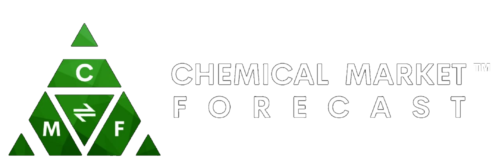
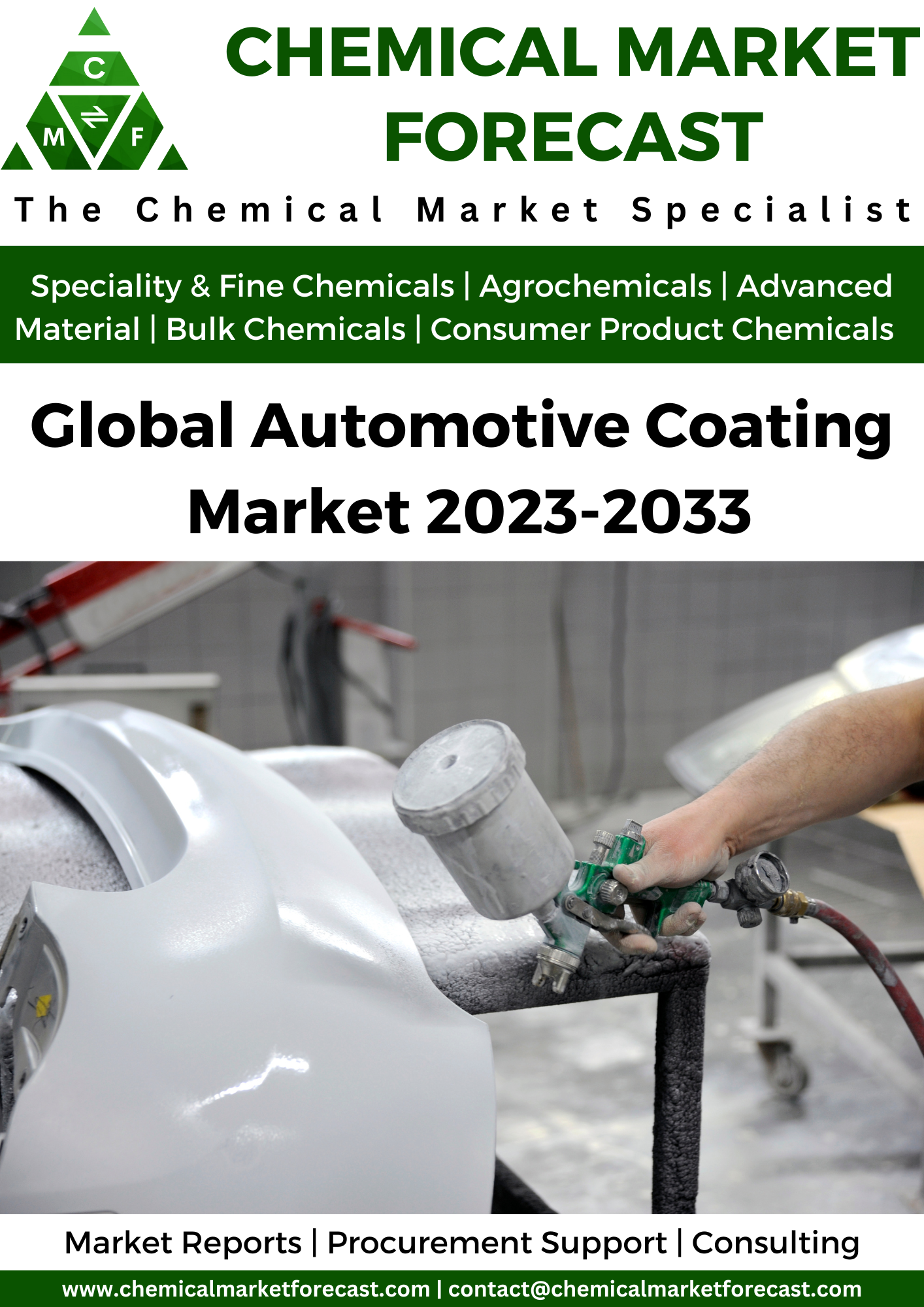
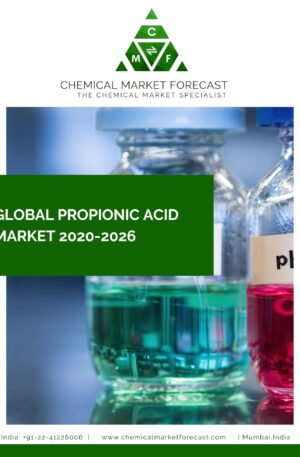
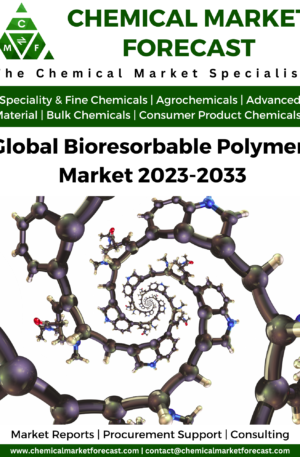
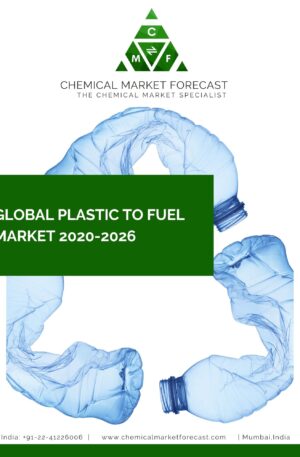
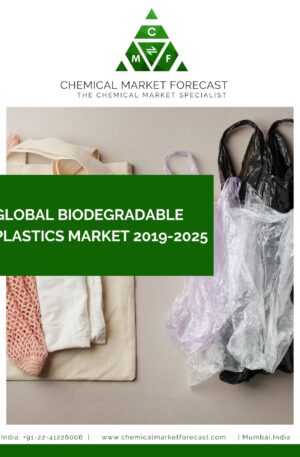
Reviews
There are no reviews yet.